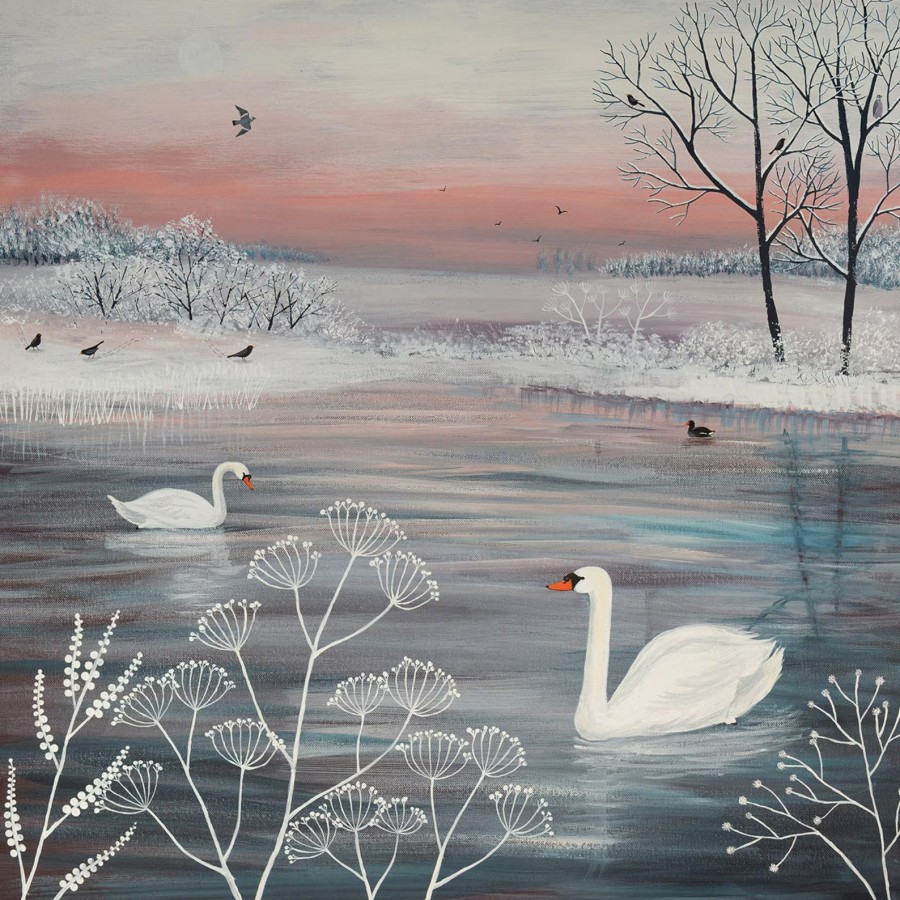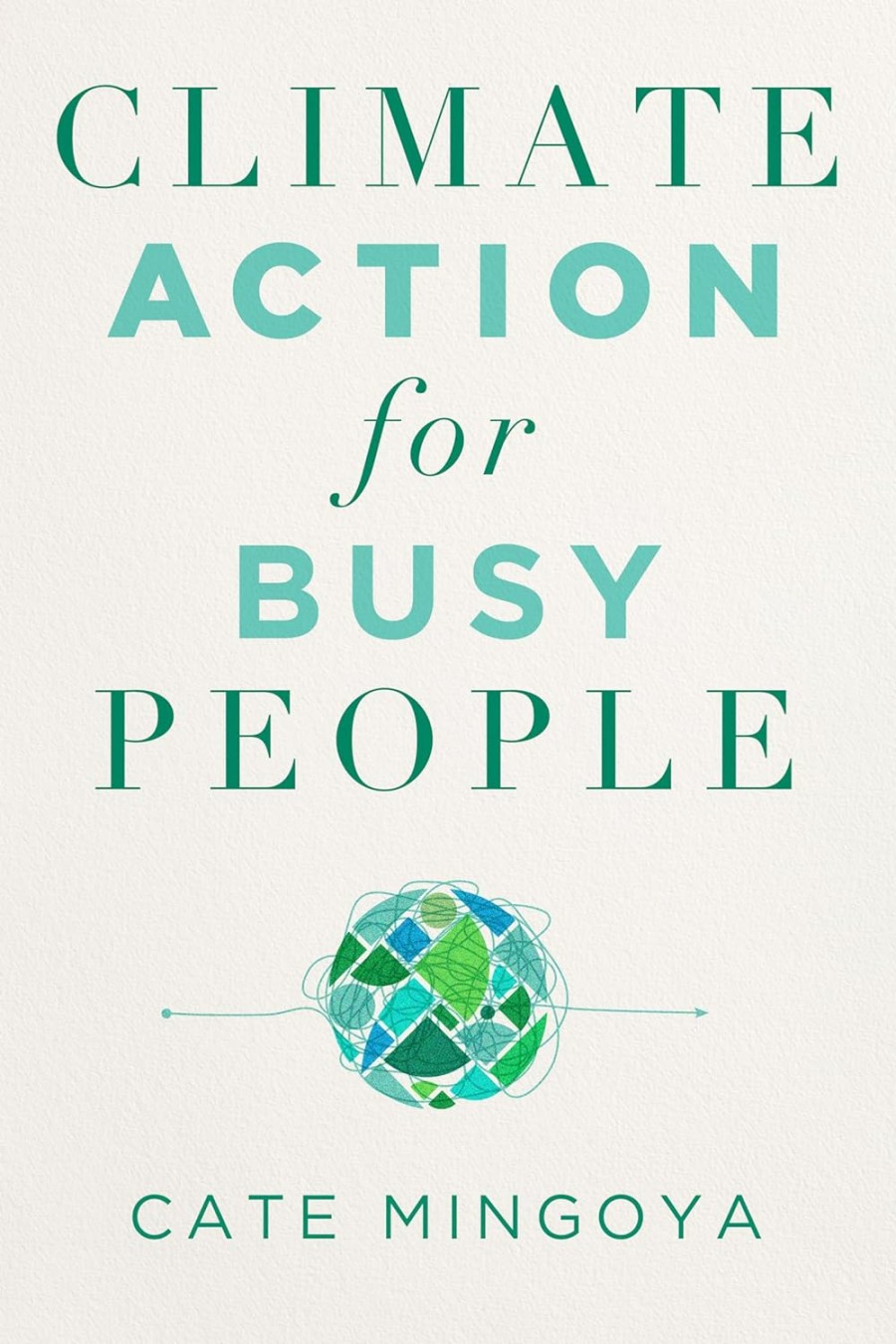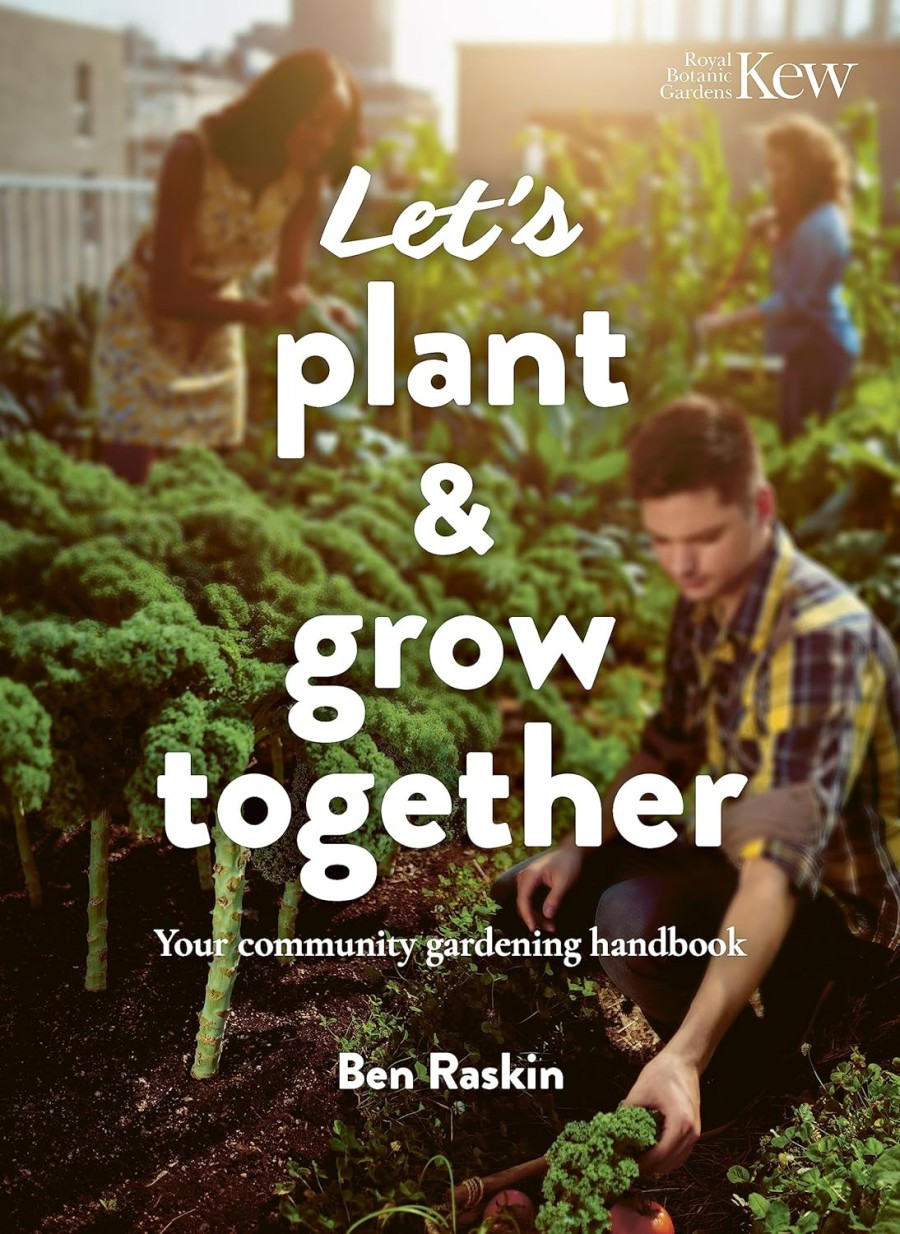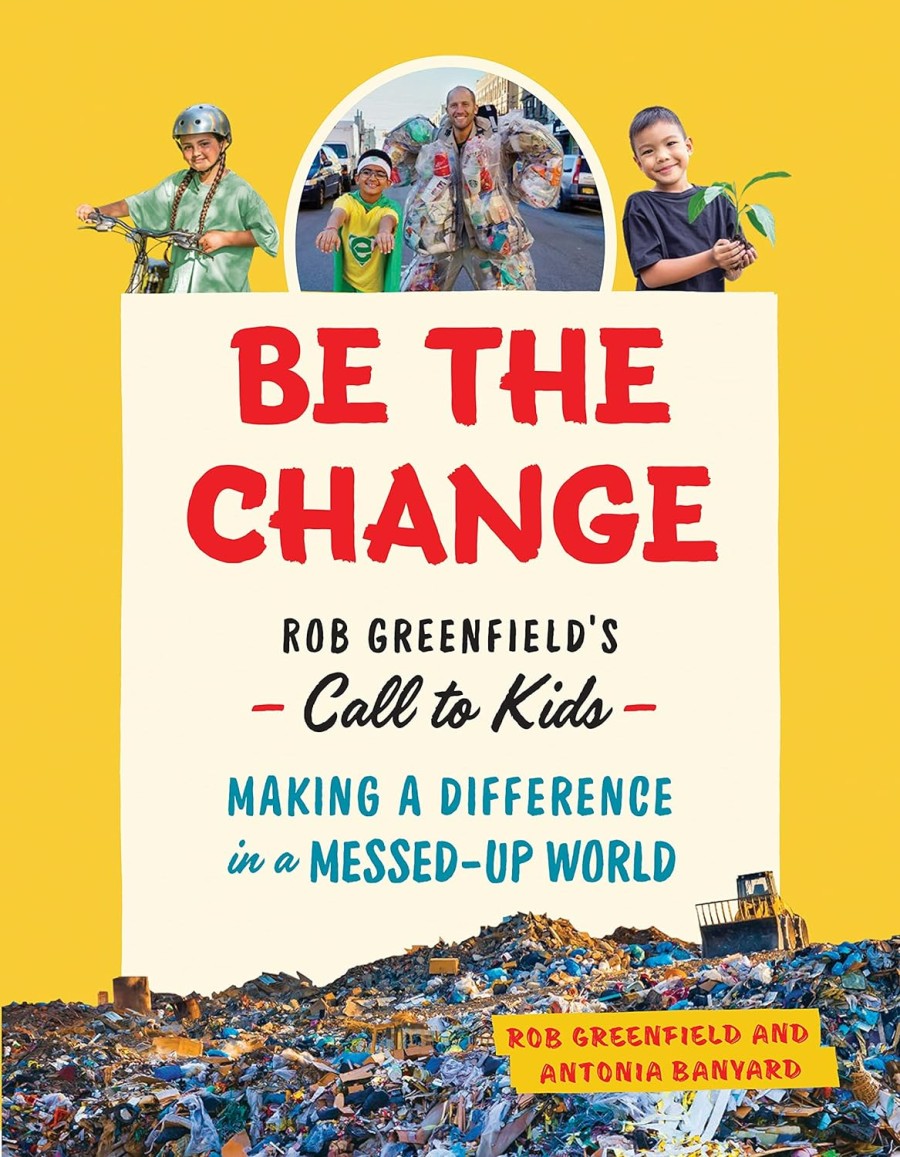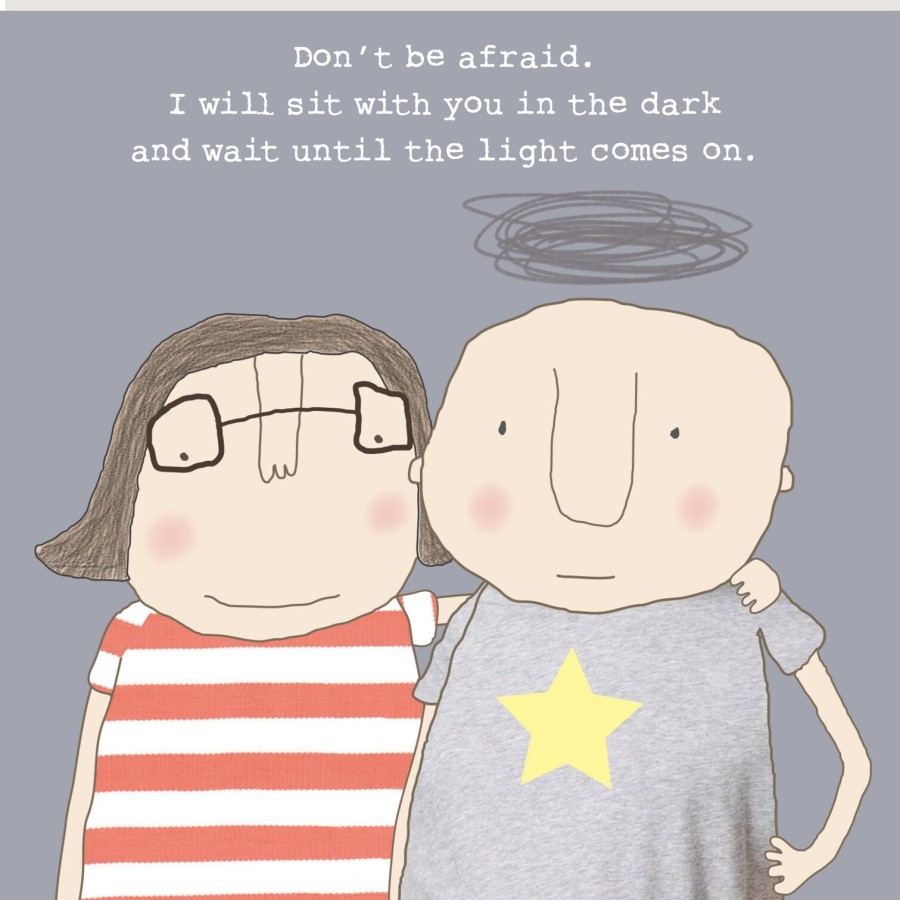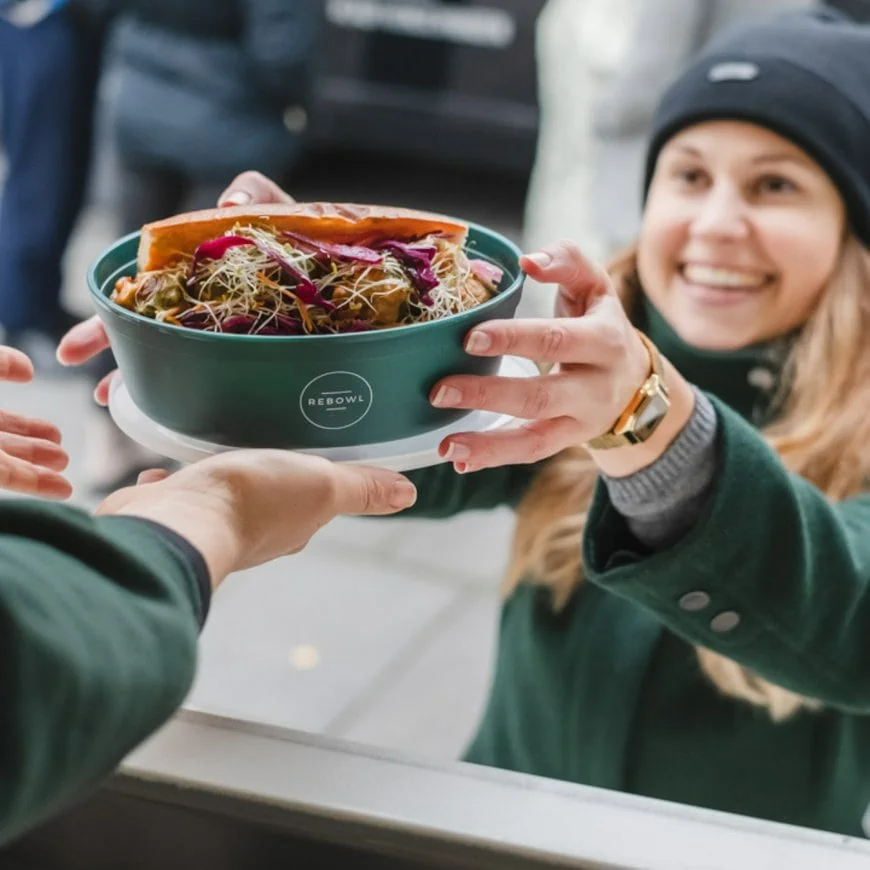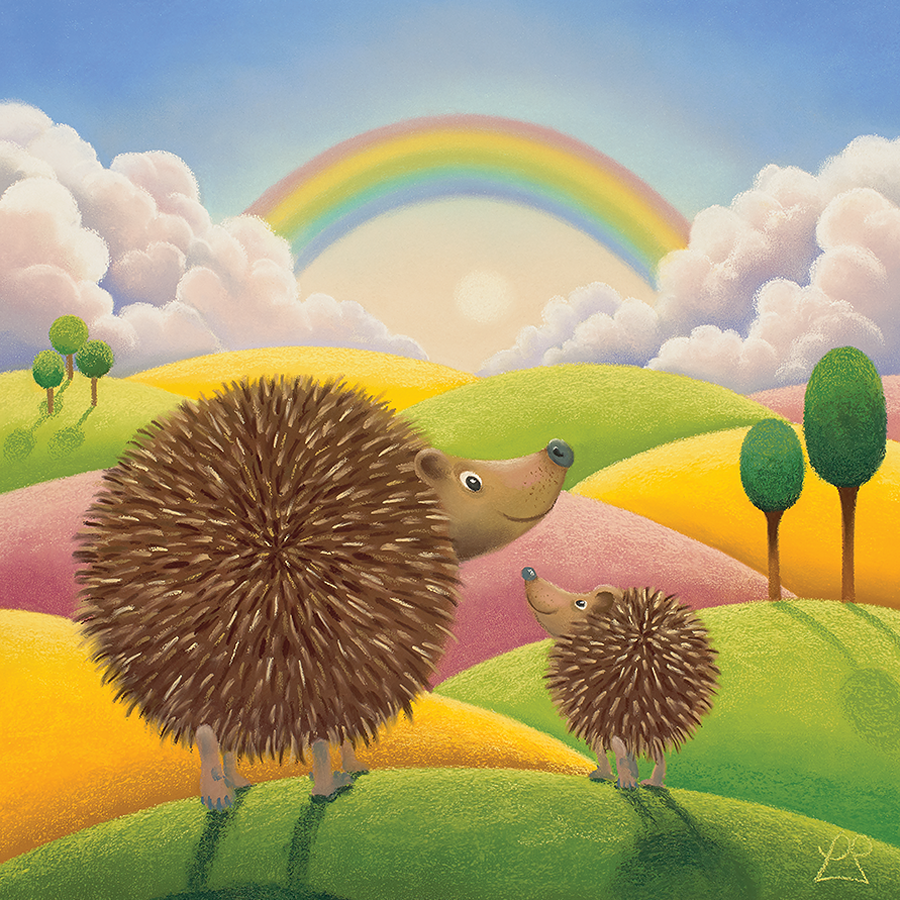
Hedgehogs are one of our most ancient mammals, and as the name suggests, they are now rare as their main habitat is hedges (we’ve lost most of them due to urban development and modern farming). Never use slug pellets (use safe humane ways to prevent slugs/snails). For more information, read The Hedgehog Handbook.
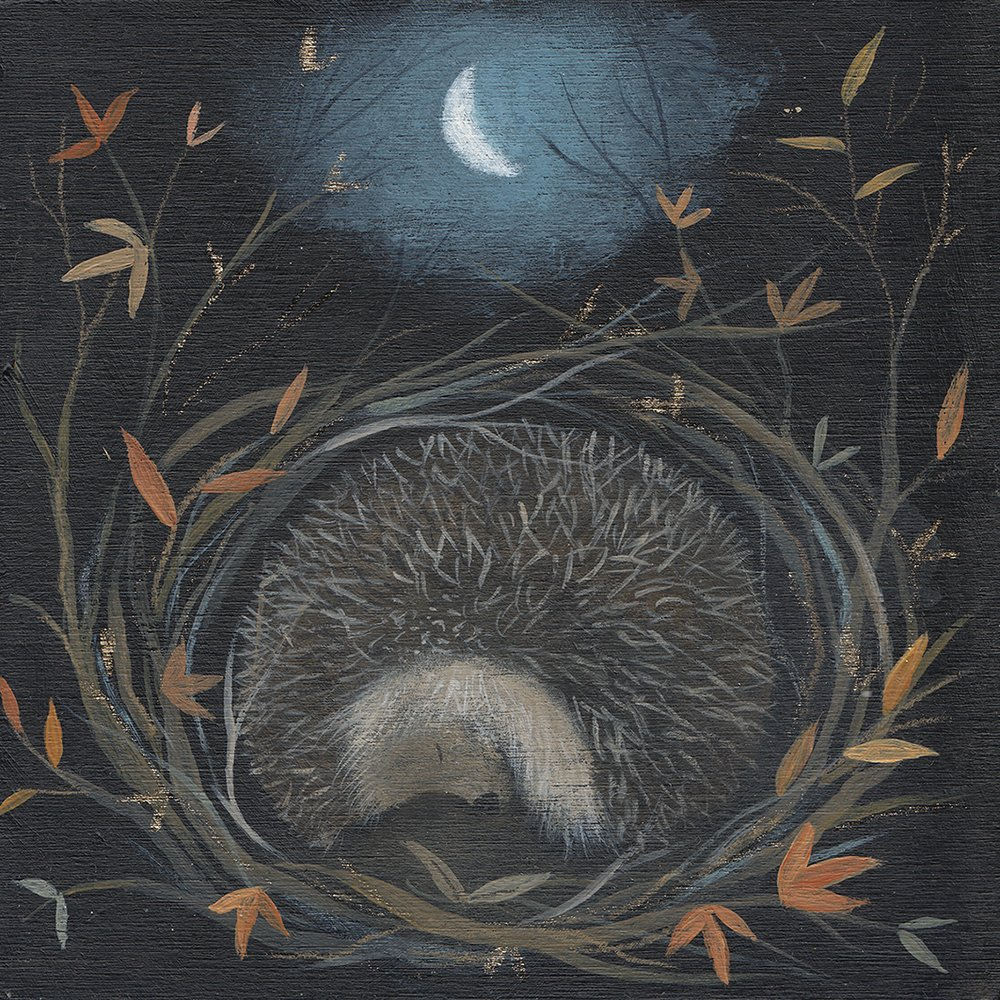
- Nocturnal hedgehogs like log piles and leaf litter, so leave your garden a bit ‘messy’ for sleeping and hibernation spots (never knock down sheds/outbuildings until at least 8 weeks after birth to ensure hoglets have left (any time from summer to autumn).
- Remove hazards from curious hogs (chemicals, plastic bags, open drains – the only way to rescue them is to gently pull spines with two pairs of pliers and take to your local wildlife rescue.
- Use garden shears over strimmers (or at least a broom to sweep areas beforehand). Avoid bonfires (or at least also sweep through or make a new pile, just beforel lighting).
- Ensure garden ponds have sloping sides for easy exit (avoid netting and use locked water barrels).
- Hedgehogs roam up to 2 miles each night, so many are injured/killed in traffic accidents. Read how to make roads safer for wildlife.
- Although campaigners recommend fence holes for hedgehogs to roam at night, avoid this for areas near escapee terriers etc.
found an injured/stranded hedgehog?
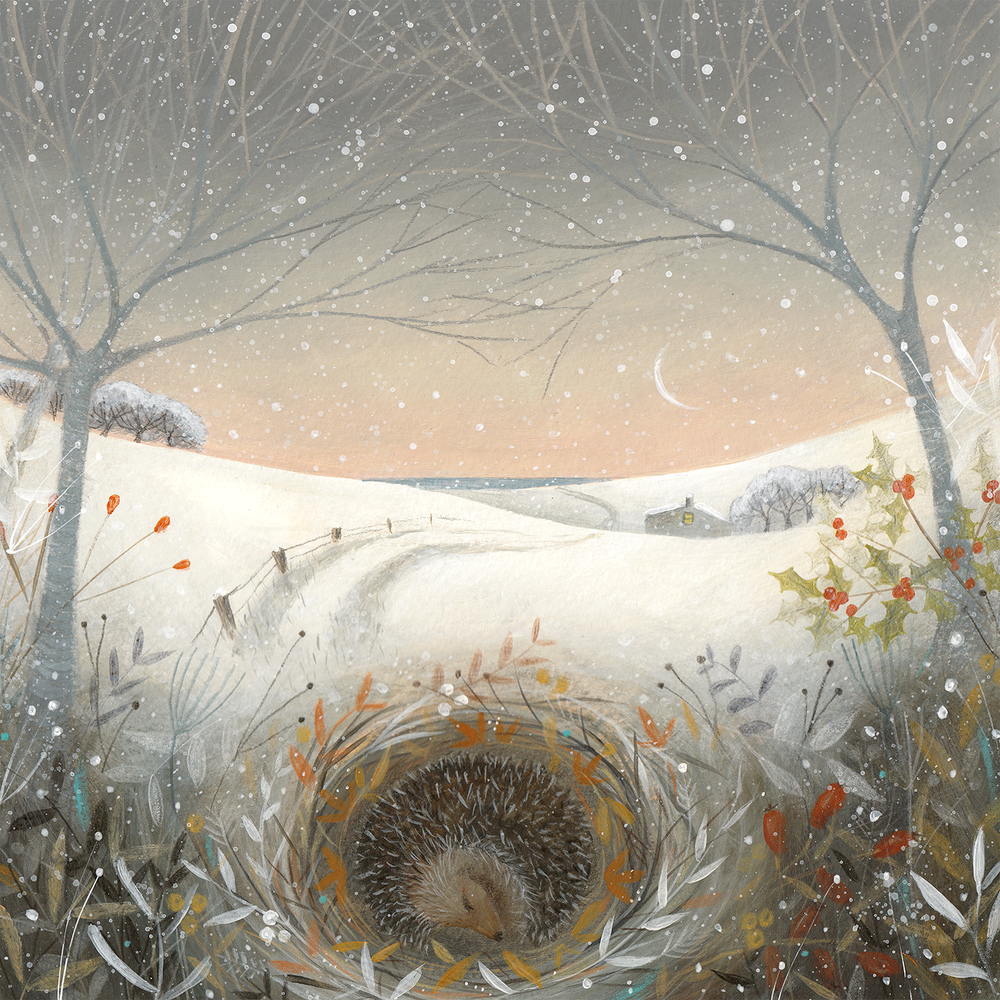
Most hedgehogs found during the day are ill or stranded. Sometimes it could be a mother foraging for food or a youngster got lost. If injured or distress, take to your nearest wildlife rescue or vet (treatment is free for wildlife). Hedgehog fleas are species-specific, but it’s best to wash clothes afterwards.
If unsure, British Hedgehog Preservation Society. Their staff know all things hog on what to do (if line is closed, it redirects to emergency numbers). Never give hedgehogs milk and bread, this could kill them. In emergencies, offer a little water and meat (not fish/gravy) tinned pet food.
ask Royal Mail to stop using rubber bands
It’s not the postie’s fault, but Royal Mail is not acting fast enough (it talked about finding alternatives 10 years ago) to replace the millions of red rubber bands used yearly to keep letter piles together. Thousands are littered each day (and you can’t compost or recycle them, just bin them).
Hedgehogs and other creatures get trapped in them, and if they wash into lakes, ducks feed them to chicks, thinking they are worms. One man found one in his cat litter tray and says the Post Office (like everyone else) should be fined for littering. There are plenty of alternatives like paper belly bands, that hold letters together, then are easily composted.
wisdom that we can learn from hedgehogs
Hedgehog Diaries is the beautifully written story about how hedgehogs become a metaphor for hope, as the author braces herself for loss, while sitting by her father’s bedside. It is Winter Solstice. And Sarah knows that that her father needs to conserve energy, just like a hedgehog hibernates in winter. When the hedgehog curls up in its bed of leaves, its heart rate slows, its body temperature drops and for months there it remains, hardly breathing at all.
A few days earlier, Sarah and her grandson had found a poorly hedgehog in the garden, and taken it to a local sanctuary. The hog sanctuary named her Peggy, and her fate became a matter of pressing concern. When death looms, it’s easier to talk about hedgehogs, as there is something about these homely yet mysterious creatures (prickly and defenseless, wild and time) that makes us love them.
Hedgehogs have captured the imagination of poets and philosophers for centuries. They have managed to outlive roads, dogs, strimmers and pesticides, but now they are endangered. For Sarah, our failure to protect them is a symptom of how alienated we are from the natural world. But all is not yet lost. In this charming book, she explores the meaning and morals of hedgehogs, and find that (in hedgehog world) there is a source of deep solace and wisdom.
Sarah Sands is a writer and former editor of London Evening Standard and BBC Radio 4 Today. A fellow of Lucy Cavendish College (Cambridge), she lives by the ruins of a medieval Cistercian abbey in Norfolk.
a poem from hedgehogs to us
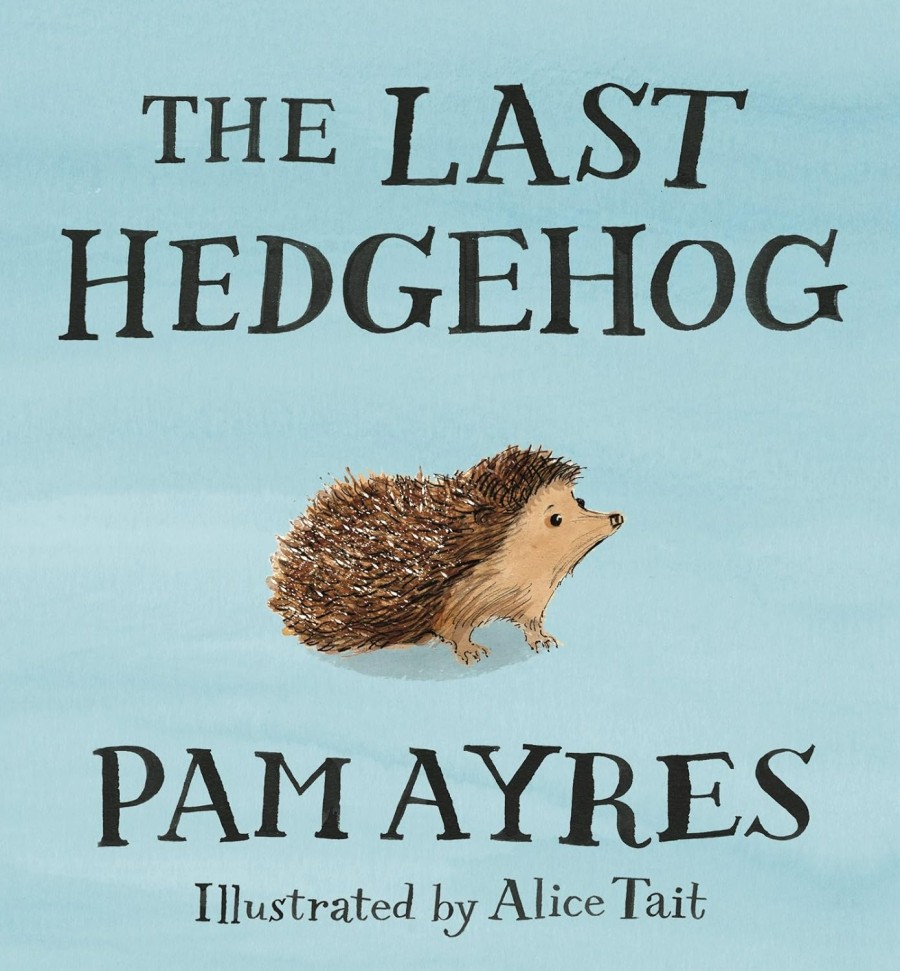
You may think of Pam Ayres as someone who writes funny poems about how you wished you’d looked after your teeth. But actually she also writes very dark poems to help animals. The Last Hedgehog is one example, a stark poetic warning from an angry hog, at possibly going extinct due to modern human ways of living:
From now on, as you pull the drapes
You’ll see no round familiar shapes
Nevermore from dusk till dawn
Will eat slugs on your lawn.
So little gratitude you’ve shown
From now you can eat your own.
You threw down stuff you couldn’t use
The plastic rings from packs of booze,
Polluted, poisoned, burned and mowed,
and ran us over in the road.
And so farewell for what it’s worth,
From the final hedgehog on earth.
Pam Ayres did not just write the poem about how ‘I wished I’d look after me teeth’. Her poems are actually studied in school textbooks worldwide, and her books have been best-sellers every decade since the 1970s. Passionate about wildlife and natural history, she is patron of Cheltenham Animal Shelter and British Hen Welfare Trust.
Also read Pam’s other book ‘Who Are You Calling Vermin?’ This is another angry poetic rant from wildlife, who are often wrongly blamed (for instance, red foxes eat rabbits and rats in nature, and red squirrels are endangered due to logging their native pine trees, rather than all because of grey squirrels). From the barn owl mourning his now-converted ancient barn to the much-maligned mole (whose burrowing actually makes good potting compost), hear the great unrest in the countryside beyond the woods and babbling brooks:
Maybe the polluters will purify our streams.
Purify our waterways? In your bloomin’ dreams!
All will be rewilded, all will be renewed,
The country will look lovely,
But we won’t have any food.
Our stocks will be sustainable,
The French will be our friends,
We shall live in harmony, until the bitter end.
how a hedgehog helped a depressed vet
Also read A Handful of Happiness by a vet surgeon at a low point in his life. When someone asked him to look after a tiny orphaned hedgehog for a couple of days, his life turned around forever. So begins the extraordinary friendship between Massimo and Ninna, whose sheer force of personality (curious, playful, affectionate) brings out a sudden protectiveness as he nurses her back to health. And in doing so, begins to reconnect with the world around him once more.
But as Ninna wakes from her first hibernation (and like any teenager, longs for freedom of the woods beyond his home, Massimo must accept that his charge is ready to move on. So he releases her into her natural habitat for a new life. But that’s not the end. He was so inspired by her contagious will to live, Massimo then set up a sanctuary for injured and orphaned wildlife in Italy!

